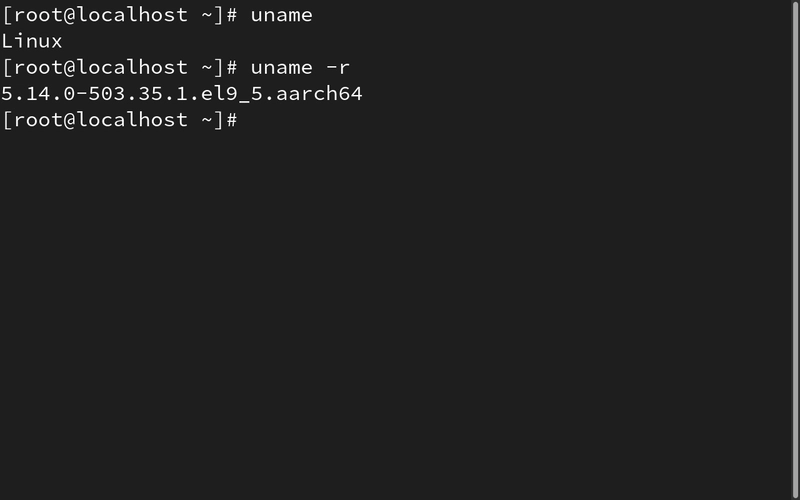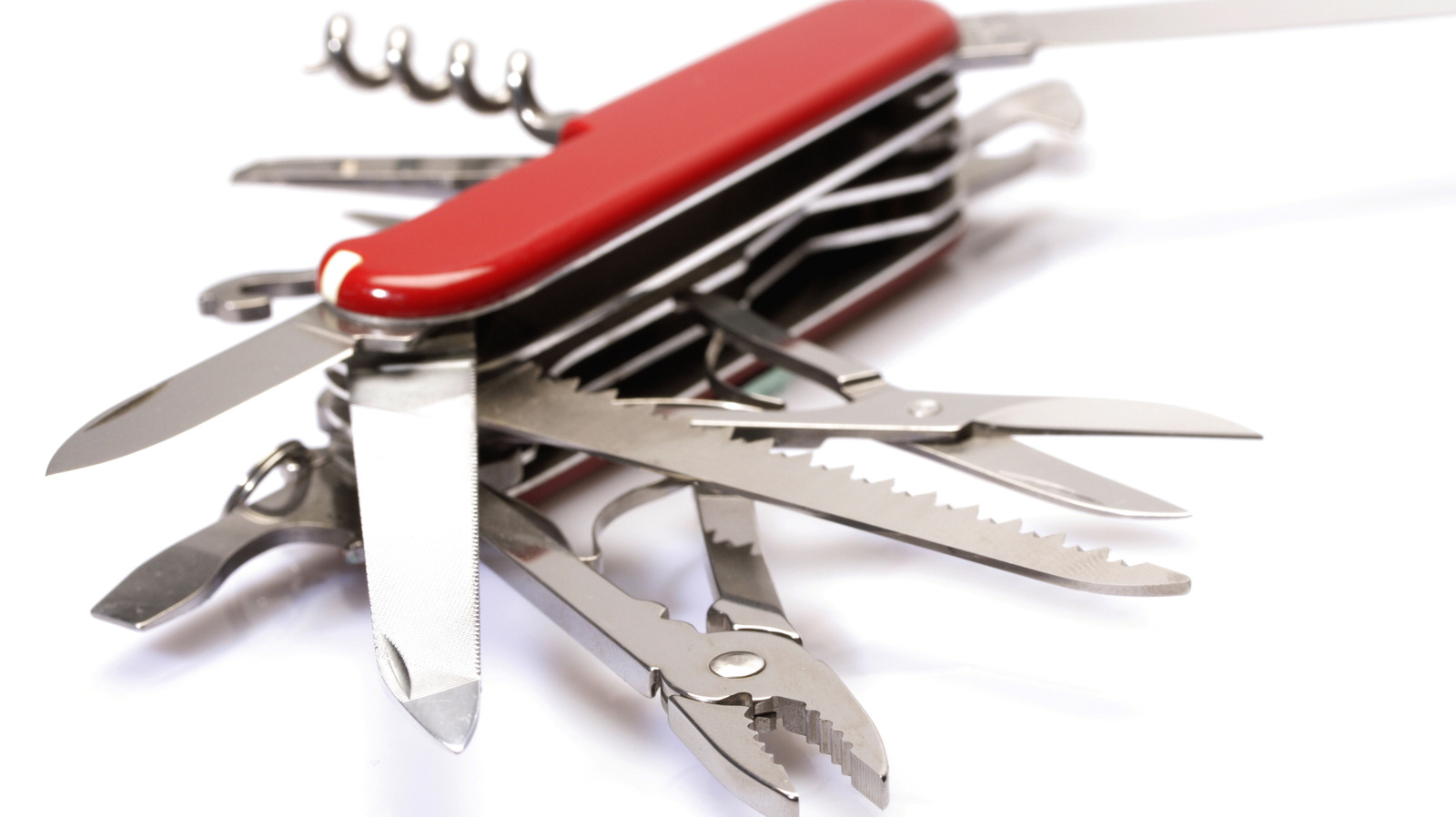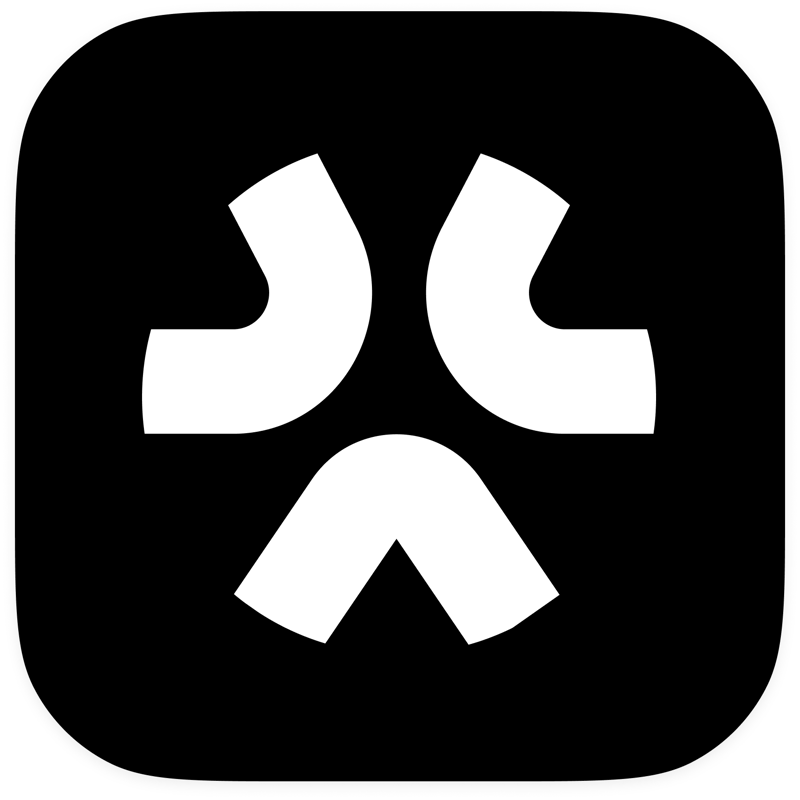Day 2 of My 30 Days of Linux Mastery: Core Linux Commands and File System Hierarchy
Table of Contents Introduction Linux File System Hierarchy: What’s Where? Essential Linux Commands Should Know Real-World Practical Tasks Conclusion Let's Connect Introduction Day 2 is all about getting comfortable with the Linux terminal, understanding how the system is structured, and getting hands-on with must-know commands. These are the kind of basics that real companies expect you to be fast with, no guesswork, no Googling. Just second nature. But first we will get to understand the file system layout. Linux File System Hierarchy: What’s Where? Linux is clean and structured. Think of it as a tree, starting from the root /. Here’s a simple rundown of major directories you’ll use daily:This series is for people like you who want to: Directories Purpose / Root of the filesystem (everything starts here). Like the number one directory at the top level. /root This is the home directory of the root user with (The Admin) /home User directories /etc System config files /var Logs, spool files, variable data /usr Installed applications, binaries /sbin System binaries, stores commands for the super user (root) /bin Essential command binaries (ls, cp, mv) /opt Optional third-party software /tmp Temporary files (auto-deletes on reboot) /dev Device files (disks, USBs, etc) /proc Kernel and process info (virtual filesystem) Essential Linux Commands Should Know It is a best practice to always know where you are operating at every point in time. One wrong command in the wrong directory can break your system. Here is a list of core Linux commands and their uses. Commands Purpose pwd means print working directory. Shows your current working directory whoami Shows your current user. To check the user currently using the kernel cd Change directory, just as the name means changing into any directory to work on cd .. Means going one step back in changing directory. mkdir Make Directory is used to create folders touch For creating files ls This is for listing all folders cp This is for coping files mv This is for moving or renaming a file or folder rm This is for removing or deleting files rmdir This is for deleting empty folders uname Shows the current kernel running. Example;Linux uname -r Checks the kernel version date For displaying date History Shows all the commands you have used in a session tree Displays the tree structure of your folders useradd For creating new users clear For cleaning up your terminal screen exit For exiting the terminal Real-World Practical Tasks Here is an example of a daily task you may receive as a Cloud SysAdmin who just got hired! "Hey, get familiar with the terminal. Create a clean workspace under your home directory. Add some folders and dummy files. Don’t break anything

Table of Contents
- Introduction
- Linux File System Hierarchy: What’s Where?
- Essential Linux Commands Should Know
- Real-World Practical Tasks
- Conclusion
- Let's Connect
Introduction
Day 2 is all about getting comfortable with the Linux terminal, understanding how the system is structured, and getting hands-on with must-know commands.
These are the kind of basics that real companies expect you to be fast with, no guesswork, no Googling. Just second nature. But first we will get to understand the file system layout.
Linux File System Hierarchy: What’s Where?
Linux is clean and structured. Think of it as a tree, starting from the root /.
Here’s a simple rundown of major directories you’ll use daily:This series is for people like you who want to:
| Directories | Purpose |
|---|---|
/
|
Root of the filesystem (everything starts here). Like the number one directory at the top level. |
/root
|
This is the home directory of the root user with (The Admin) |
/home
|
User directories |
/etc
|
System config files |
/var
|
Logs, spool files, variable data |
/usr
|
Installed applications, binaries |
/sbin
|
System binaries, stores commands for the super user (root) |
/bin
|
Essential command binaries (ls, cp, mv) |
/opt
|
Optional third-party software |
/tmp
|
Temporary files (auto-deletes on reboot) |
/dev
|
Device files (disks, USBs, etc) |
/proc
|
Kernel and process info (virtual filesystem) |
Essential Linux Commands Should Know
It is a best practice to always know where you are operating at every point in time. One wrong command in the wrong directory can break your system. Here is a list of core Linux commands and their uses.
| Commands | Purpose |
|---|---|
pwd
|
means print working directory. Shows your current working directory |
whoami
|
Shows your current user. To check the user currently using the kernel |
cd
|
Change directory, just as the name means changing into any directory to work on |
cd ..
|
Means going one step back in changing directory. |
mkdir
|
Make Directory is used to create folders |
touch
|
For creating files |
ls
|
This is for listing all folders |
cp
|
This is for coping files |
mv
|
This is for moving or renaming a file or folder |
rm
|
This is for removing or deleting files |
rmdir
|
This is for deleting empty folders |
uname
|
Shows the current kernel running. Example;Linux |
uname -r
|
Checks the kernel version |
date
|
For displaying date |
History
|
Shows all the commands you have used in a session |
tree
|
Displays the tree structure of your folders |
useradd
|
For creating new users |
clear
|
For cleaning up your terminal screen |
exit
|
For exiting the terminal |
Real-World Practical Tasks
Here is an example of a daily task you may receive as a Cloud SysAdmin who just got hired!
"Hey, get familiar with the terminal. Create a clean workspace under your home directory. Add some folders and dummy files. Don’t break anything





























![[Webinar] AI Is Already Inside Your SaaS Stack — Learn How to Prevent the Next Silent Breach](https://blogger.googleusercontent.com/img/b/R29vZ2xl/AVvXsEiOWn65wd33dg2uO99NrtKbpYLfcepwOLidQDMls0HXKlA91k6HURluRA4WXgJRAZldEe1VReMQZyyYt1PgnoAn5JPpILsWlXIzmrBSs_TBoyPwO7hZrWouBg2-O3mdeoeSGY-l9_bsZB7vbpKjTSvG93zNytjxgTaMPqo9iq9Z5pGa05CJOs9uXpwHFT4/s1600/ai-cyber.jpg?#)












































































































































![[The AI Show Episode 144]: ChatGPT’s New Memory, Shopify CEO’s Leaked “AI First” Memo, Google Cloud Next Releases, o3 and o4-mini Coming Soon & Llama 4’s Rocky Launch](https://www.marketingaiinstitute.com/hubfs/ep%20144%20cover.png)





































































































































































































![Rogue Company Elite tier list of best characters [April 2025]](https://media.pocketgamer.com/artwork/na-33136-1657102075/rogue-company-ios-android-tier-cover.jpg?#)







































































_Andreas_Prott_Alamy.jpg?width=1280&auto=webp&quality=80&disable=upscale#)









































































































![Apple Watch Series 10 Back On Sale for $299! [Lowest Price Ever]](https://www.iclarified.com/images/news/96657/96657/96657-640.jpg)
![EU Postpones Apple App Store Fines Amid Tariff Negotiations [Report]](https://www.iclarified.com/images/news/97068/97068/97068-640.jpg)
![Apple Slips to Fifth in China's Smartphone Market with 9% Decline [Report]](https://www.iclarified.com/images/news/97065/97065/97065-640.jpg)



































































































































